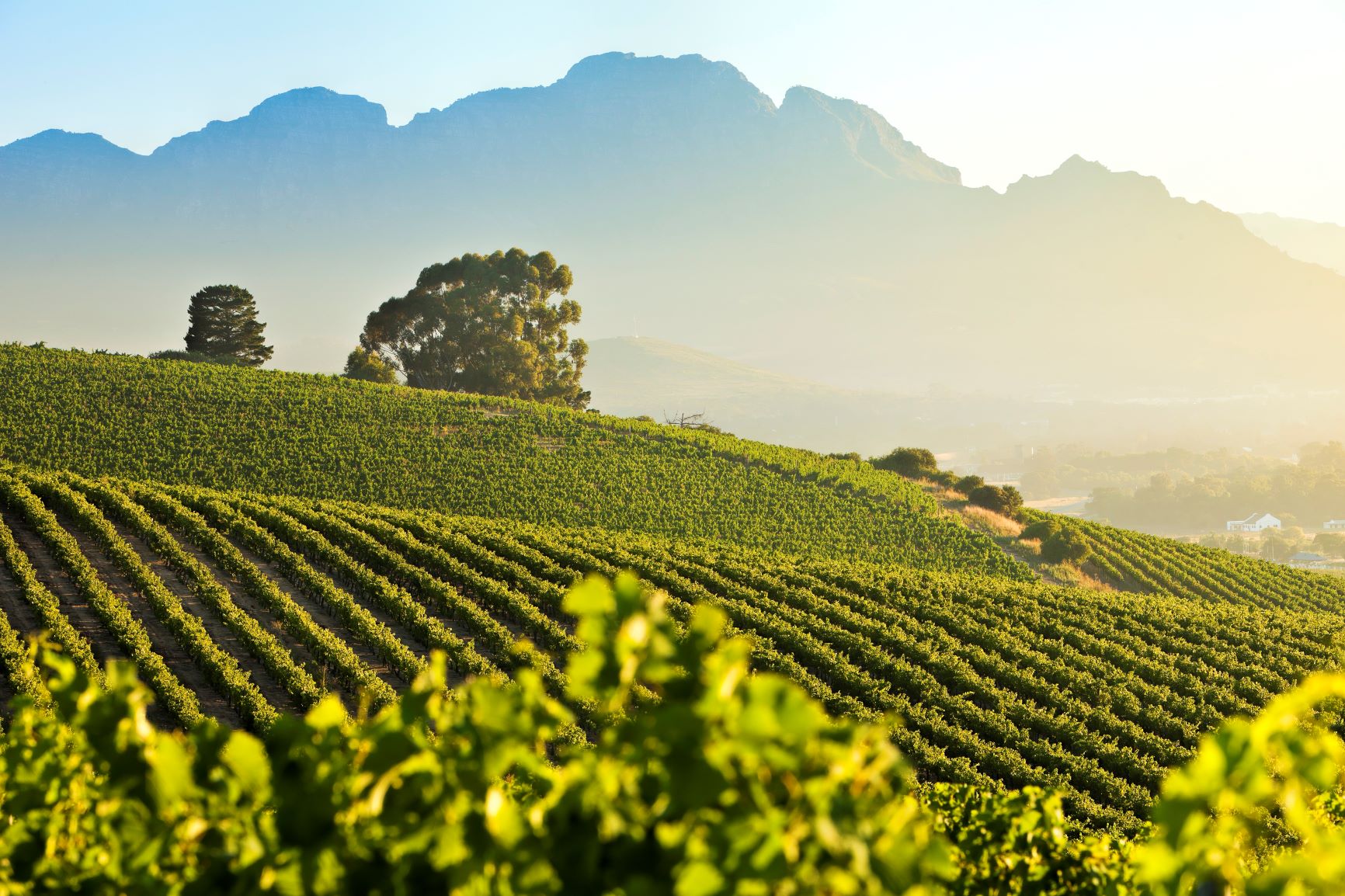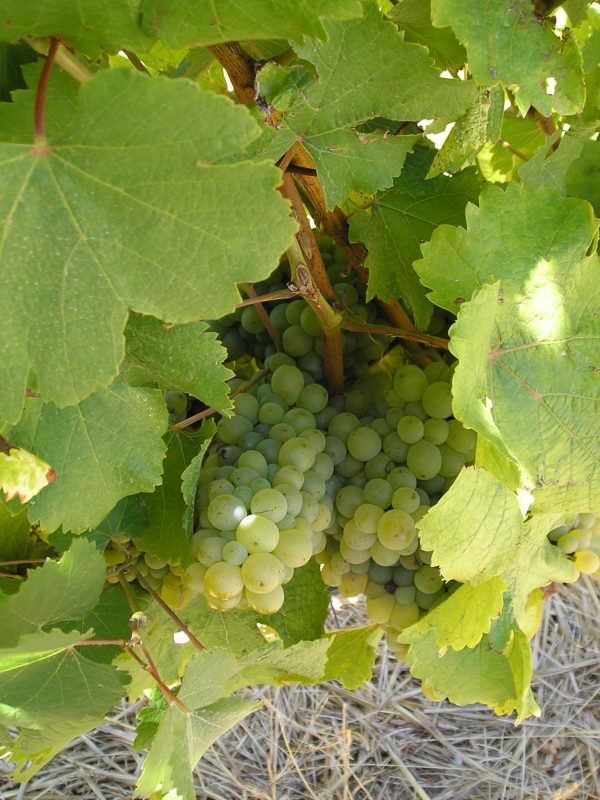The Diversity, Versatility & Drinkability of South African Chenin Blanc

Think of South African wine and you would be forgiven (once) to think first of Pinotage. Think of Chenin Blanc and you might think first (understandably) of France’s Loire Valley.
While Pinotage may have some fans, it is a divisive wine with an abundance of detractors – which fuels the argument against it being South Africa’s signature grape, despite its obvious association with the country.
The Loire Valley may be Chenin Blanc’s home, but the grape is South Africa’s most widely planted variety with almost twice the number of hectares under vine compared to France (where almost the entire plantings of Chenin are in the Loire). South Africa also has the most plantings of Chenin Blanc in the world.

Given Chenin Blanc’s long history in South Africa (it is believed to have been brought to the country in the 17th century), how well the variety has adapted to the country’s soils and microclimates, the quality and diversity of wine styles produced, and the incredible price-quality ratio of the wines, advocating for Chenin as South Africa’s signature grape is logical, even though it is often upstaged by Chardonnay, Sauvignon Blanc, Cabernet Sauvignon and Syrah. Chenin Blanc is quite resistant to heat and seems to thrive in South Africa’s abundant sunshine, particularly when planted in cooler sites.
A recent tasting confirmed not just the quality and diversity of Chenin Blanc being produced in South Africa, it reinforced that wine retailers and restaurateurs need to give these wines more love and expose them to the consumer. Whether light, bright and fresh or rich, complex and powerful, it’s time that Chenin (along with Verdicchio, Albarino, Garganega and a host of other delicious and interesting white wines) replace the insipid Pinot Grigios and artificially tart Sauvignon Blancs on so many restaurant wine lists.
June 18th is Drink Chenin Day (#DrinkChenin Day) this year and although the day was started in Oregon to raise awareness for the grape, it’s no wonder that South African producers have jumped on board.
The following wines show the versatility of South African Chenin Blanc. Perhaps even more importantly, they show Chenin’s drinkability. What’s the secret to enjoying Chenin Blanc? Get it in your glass.
Bruce Jack Chenin Blanc, 2020, Western Cape South Africa ($14)
The vineyard site is further inland from the coast and warmer as a result, which is evident with the riper fruit character and voluminous mouthfeel. Ripe peach with spice and a round, soft acidity. Bright, accessible and a good value.
Pearce Predhomme Chenin Blanc ‘Old Vine, Wild Ferment’, 2019, Stellenbosch South Africa ($28)
Intense, minerally, flinty and spicy with mouth-watering acidity, slightly grippy texture from some skin contact, lime and grapefruit citrus, well balanced with a firm backbone. Grown on steep slopes with granitic soils. A nice balance between round and linear.
Radford Dale Vinum Chenin Blanc, 2018, Stellenbosch South Africa ($20)
Quite generous, round and creamy texturally with nice complexity and depth, slightly riper fruit as a result of a warmer vintage, but still nicely balanced acidity and length with spice and smoky, flinty notes.
Raats Eden High-Density Single Vineyard Chenin Blanc, 2018, Stellenbosch South Africa ($80)
According to Bruwer Raats, this is the first high density, single vineyard wine released in South Africa with 8,000 vines per hectare, planted 1 metre by 1.2 metres apart. The wine is incredibly complex with a flinty cereal grain aroma, spicy with depth, a wet stone minerality, lengthy acidity, stone fruit, citrus peel and rich, starts broad and finishes long and focussed. This should age well for upwards of 5-8 years. Only 2100 bottles were produced.
photo credit Wines of South Africa
